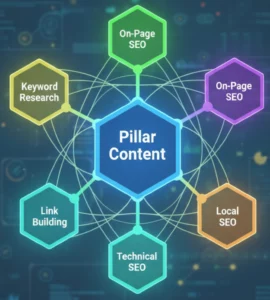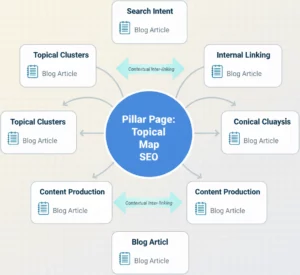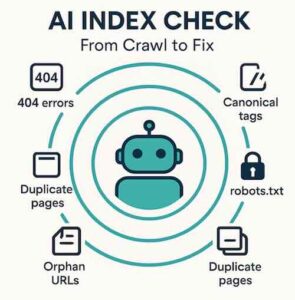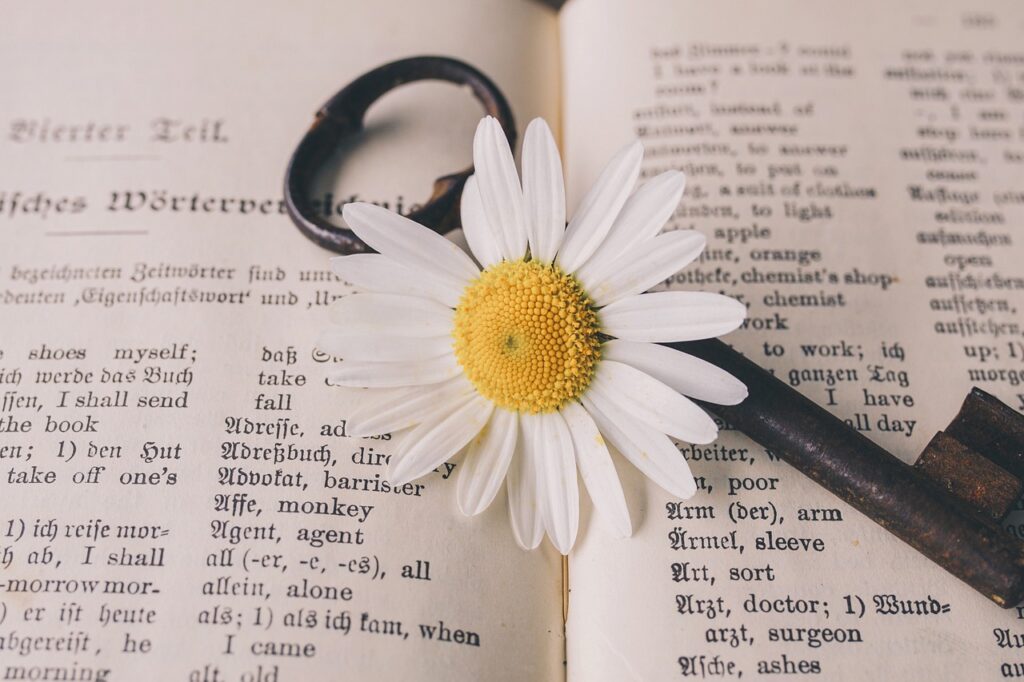
Automatic translation has evolved with the advent of artificial intelligence, streamlining translation processes. But is it really easy to correct these translations with an AI Writer? Let’s explore this together.
Table of Contents
ToggleUnderstanding AI-powered Automatic Translation
Differences between AI tools and conventional machine translation
Conventional translation tools often rely on static algorithms, whereas AI tools, such as those provided by Google, are powered by neural networks. These networks use thousands of data points to learn and generate more accurate translations. For example, Google Translate uses neural machine translation to provide more natural results.
Platforms like ChatGPT, developed by OpenAI, push the boundaries further than conventional translators. By adapting to context and providing coherent, contextually appropriate responses, AI delivers unmatched translation quality.

Enhancement through Neural Machine Translation
Neural machine translation has transformed the translation landscape. By analyzing numerous text segments, this type of artificial intelligence machine captures language subtleties and expressions, resulting in significant improvements in fluency and accuracy.
However, while automatic translation offers notable quality, some errors may still persist. An AI Writer can step in to refine these translations, but the question remains: is it always recognized for its effectiveness?
Key Considerations When Using AI for Translations
Security and Confidentiality of Information
One of the major risks associated with using AI in translation is information security. Sensitive resources, especially in e-commerce and financial documents, require heightened vigilance.
Indeed, with advances in artificial intelligence technology, sensitive and confidential data can be exposed to risks of hacking and theft. Algorithms used to translate texts may potentially access sensitive information and transmit it to unauthorized third parties.
It is therefore essential to implement effective security measures to protect data when using AI in translation. This may include data encryption, the use of secure virtual private networks (VPNs), and the implementation of strict privacy and data protection policies.
Additionally, it is important to educate users about the potential risks associated with using AI in translation and to raise awareness about the importance of information security. By taking proactive steps to protect data, it is possible to minimize risks and ensure the confidentiality of translated information.
Marketing managers must ensure that the tools used adhere to strict security and confidentiality standards.
Adaptation to Specialized Domains and Organizational Needs
Translation needs vary significantly across sectors.
Indeed, each industry has its own specificities and requirements for translation. For example, the medical sector requires precise and reliable translations to ensure patient safety, while the legal sector demands rigorous adherence to terms and laws in force.
Similarly, the finance and economics sectors require clear and concise translations to ensure understanding of financial information and international transactions. In the field of communication and marketing, translations must be tailored to the target audience and effectively reflect the brand image.
For instance, texts intended for financial markets require a sharp understanding of specific terms. ChatGPT and other AI tools allow advanced customization to meet these requirements, but they do not completely replace the expertise of professional translators.
In summary, translation needs are diverse and varied across industries, and it is essential to rely on qualified and specialized professionals in each field to ensure high-quality translations tailored to the specific needs of each sector.
Translation Quality and the Importance of Post-editing
Neural machine translation has revolutionized how we can communicate with people speaking different languages. Thanks to sophisticated algorithms and vast training data, these systems can produce quick and accurate translations in many different languages.
However, despite impressive advances made by these technologies, it is important to note that automatic translation is not perfect.
Indeed, these systems can sometimes lack subtlety and context, leading to translation errors or misunderstood sentences.
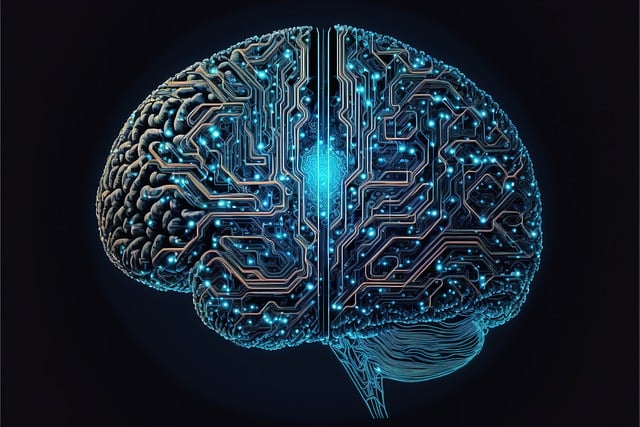
This is where human correction comes into play. Human translators can understand language nuances and subtleties much more accurately than machines.
Their intervention ensures a more precise translation faithful to the original text. To ensure quality, post-editing is therefore essential.
In conclusion, while neural machine translation can be extremely useful for quick and basic translations, it is still preferable to rely on human correction for more complex texts or those requiring high precision.
Correcting Automatic Translations: A Matter of Responsibility
When is it preferable to use automatic translation?
Automatic translation is ideal for general or temporary content. For example, for quick internal communications or product information that does not require expert accuracy, the AI platform is extremely useful. It handles large volumes of source text quickly, providing immediate availability of information in multiple languages.
Correcting Automatic Translations: Expert Work?
Correcting automatic translations often requires the intervention of experts. For legally-related documents or those requiring extreme precision, professional translators are irreplaceable. They understand the risks associated with poor translation and have the necessary skills to avoid costly mistakes.
Indeed, in many cases, automatic translations may have errors and inconsistencies that require human intervention to be effectively corrected.
It is therefore essential to rely on translation experts to ensure the quality and accuracy of translated texts.
Benefits of Combining AI and Human Expertise
Combining human expertise with AI tools yields the best results.
Indeed, AI can analyze large amounts of data quickly and efficiently, allowing human experts to focus on more complex and strategic tasks.
Furthermore, by combining the capabilities of AI with human expertise, businesses can make more informed decisions and take actions more quickly.
This combination also helps reduce human errors and improve the quality of results.
It is a winning combination that meets the growing needs for precision and speed in the translation sector. AI speeds up the initial translation process, while human experts add the final touch by ensuring quality and contextual relevance.
In summary, combining AI and human expertise optimizes processes, improves productivity, and ensures project success.
Levels of AI Intervention in Translation
Automatic Translation without Post-editing: For General Understanding
For a general understanding of texts, automatic translation alone may suffice. It is particularly useful for daily research or quickly grasping documents without requiring major accuracy. However, translation quality can vary. Automatic translation is almost guaranteed to produce errors when context is crucial.
Translation with Superficial Post-editing: For Ephemeral Content
For less enduring content, light post-editing can significantly improve the initial translation. Translators quickly review text segments to correct obvious errors without delving into complex details. This preserves text fluency while ensuring better comprehension.
Collaboration between AI and Translators for Optimal Results
For high-quality translations, collaboration between AI (such as ChatGPT) and human translators is essential. Translators bring the expertise and intuition needed to understand text nuances, while AI provides a quick and often accurate first draft. This approach ensures high quality within shorter timelines.
Managing Automatic Translation with an AI Writer
How can AI improve automatic translation capabilities?
AI Writers, integrating advanced techniques of neural machine translation, can provide contextually relevant translations. Their ability to understand and process large volumes of data enhances overall translation accuracy.
To learn more, here’s how an AI Writer works.
Streamlined Workflow and Continuous Learning
With an AI Writer, the workflow is significantly streamlined. AI continuously learns from human corrections, gradually improving its ability to provide accurate translations from the outset. This continuous learning loop results in higher-quality outcomes in the long run.
Critical Role of Translation Memory and Quality Control
Translation memory, which stores translated and validated sentences, plays a crucial role in managing automatic translations. It ensures terminological and stylistic consistency across different projects. Coupled with rigorous quality controls, it ensures translation reliability.
Best Practices for Using AI in Translations
The Winning Combination: AI and Human Translators Collaborating
To harness the full potential of AI, collaboration is key. AI brings speed and efficiency, while human expertise ensures accuracy and authenticity in translated text. It’s a symbiotic relationship that yields optimal results.
Maximizing the Use of Professional Translation Tools and Services
For specific needs, utilizing professional translation tools is highly recommended. These platforms offer advanced features tailored to different sectors, ensuring superior translation quality.
Quality Assurance Process: Revision, Feedback, and Continuous Collaboration
Quality assurance is crucial in translation management. By systematically reviewing translations, incorporating user feedback, and maintaining continuous collaboration between AI and humans, constant quality improvement is ensured.
Challenges and Limitations of Machine Translation
Identifying Current Limits of AI in Translation
Despite significant progress, AI still has limitations. For instance, it may sometimes lack context or fail to capture crucial cultural nuances in certain languages, leading to errors that need correction by human translators.
AI and Human Translators: Necessary Complementarity
Complementarity between AI Writer and human translators is essential to overcome current limitations of neural machine translation. By closely collaborating with human experts, AI can achieve unparalleled levels of precision and quality.
Towards an AI Translation Revolution?
Impact of AI on the Translation Sector So Far
The advent of AI has significantly transformed the translation sector by optimizing speed and reducing costs. However, maintaining quality remains one of the primary challenges.
Future Perspectives and Expected Developments
With ongoing technological advancements, the future of AI-driven translation looks promising. Continuous improvements can be expected, making AI an even more reliable and precise tool for marketers and other professionals.
In conclusion, while AI writers offer impressive capabilities, the correction of automatic translations still requires human expertise to ensure quality. The combination of both provides optimal results, particularly for specialized and high-value content. The future of AI in translation is promising, but human expertise will remain an integral part of this process.

Eric Ibanez
Co-fondateur de Hack The SEO
Eric Ibanez a créé Hack The SEO et accompagne des stratégies SEO orientées croissance. Il est aussi co-auteur du livre SEO pour booster sa croissance, publié chez Dunod.
Suggested Articles


